The Cash Flow Market is currently characterized by a dynamic competitive landscape, driven by the increasing demand for efficient financial solutions among businesses of all sizes. Key players such as PayPal (US), Square (US), and Intuit (US) are strategically positioning themselves through innovation and digital transformation. PayPal (US) has focused on enhancing its payment processing capabilities, while Square (US) has expanded its ecosystem to include a suite of financial services tailored for small businesses. Intuit (US), on the other hand, is leveraging its robust software solutions to integrate cash flow management tools, thereby creating a comprehensive financial platform. Collectively, these strategies not only enhance their market presence but also contribute to a more competitive environment where agility and technological advancement are paramount.
In terms of business tactics, companies are increasingly localizing their services to better meet regional demands, optimizing their supply chains to ensure efficiency and reliability. The Cash Flow Market appears moderately fragmented, with numerous players vying for market share. However, the influence of major companies is substantial, as they set benchmarks for service quality and innovation, thereby shaping the overall market structure.
In August 2025, PayPal (US) announced a partnership with a leading fintech startup to develop advanced cash flow forecasting tools. This strategic move is likely to enhance PayPal's offerings, allowing businesses to better manage their cash flow and make informed financial decisions. By integrating predictive analytics into their platform, PayPal (US) aims to solidify its position as a leader in the cash flow management space, catering to the evolving needs of its clientele.
In September 2025, Square (US) launched a new feature within its point-of-sale system that allows businesses to access real-time cash flow insights. This initiative is indicative of Square's commitment to providing small businesses with the tools necessary to navigate financial challenges effectively. By offering immediate access to cash flow data, Square (US) not only enhances user experience but also strengthens customer loyalty, positioning itself as an indispensable partner for small enterprises.
In July 2025, Intuit (US) expanded its QuickBooks platform to include enhanced cash flow management features, integrating AI-driven insights for better financial planning. This development underscores Intuit's focus on innovation and its dedication to empowering businesses with actionable data. By harnessing artificial intelligence, Intuit (US) is likely to improve user engagement and retention, further entrenching its market position.
As of October 2025, the Cash Flow Market is witnessing trends that emphasize digitalization, sustainability, and the integration of artificial intelligence. Strategic alliances among key players are increasingly shaping the competitive landscape, fostering innovation and collaboration. Looking ahead, it appears that competitive differentiation will evolve, with a notable shift from price-based competition to a focus on technological innovation and supply chain reliability. Companies that can effectively leverage these trends are likely to emerge as leaders in the market.
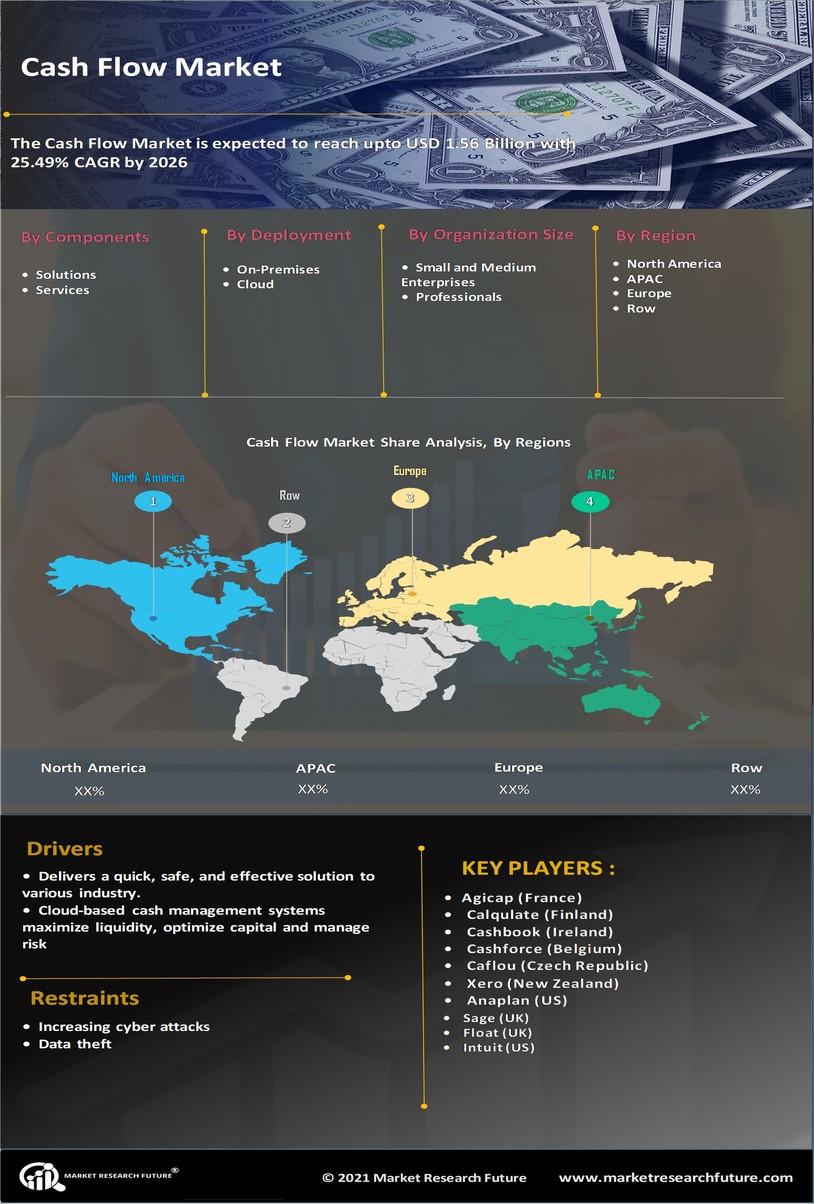

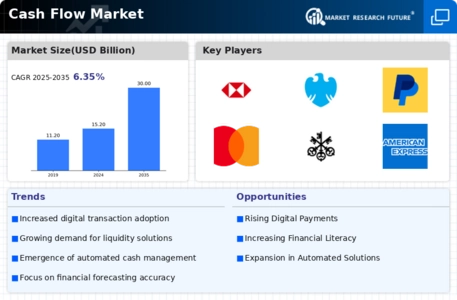
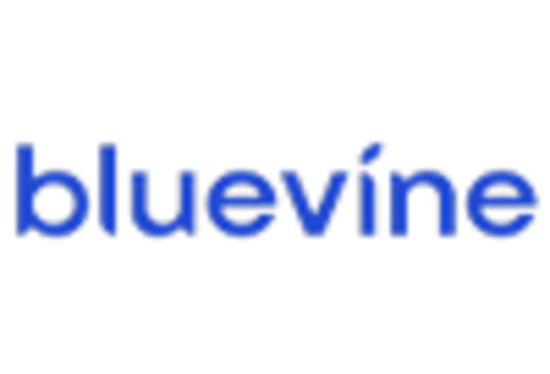
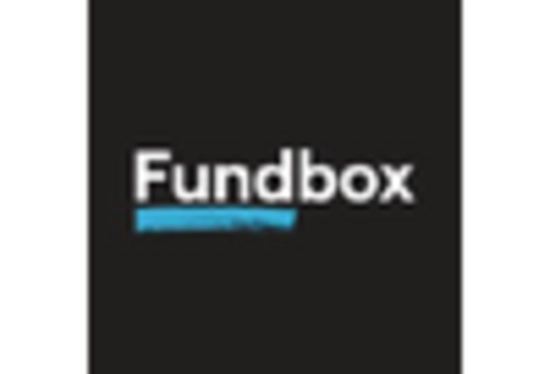
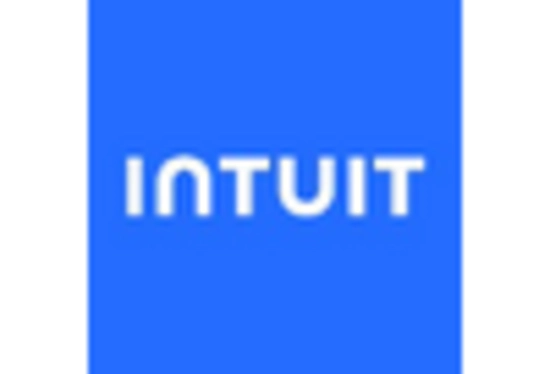
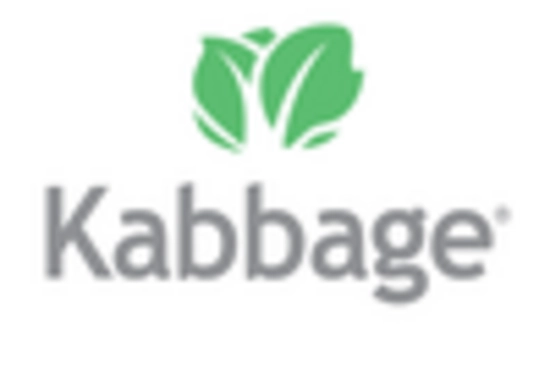
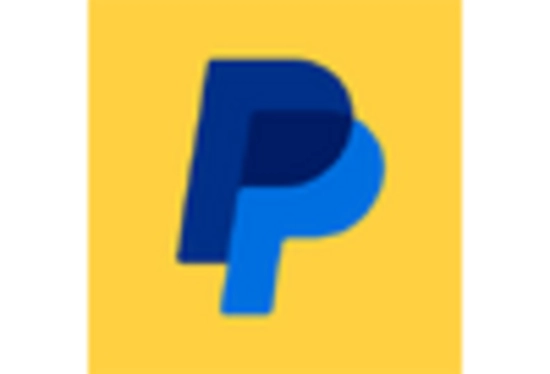









Leave a Comment